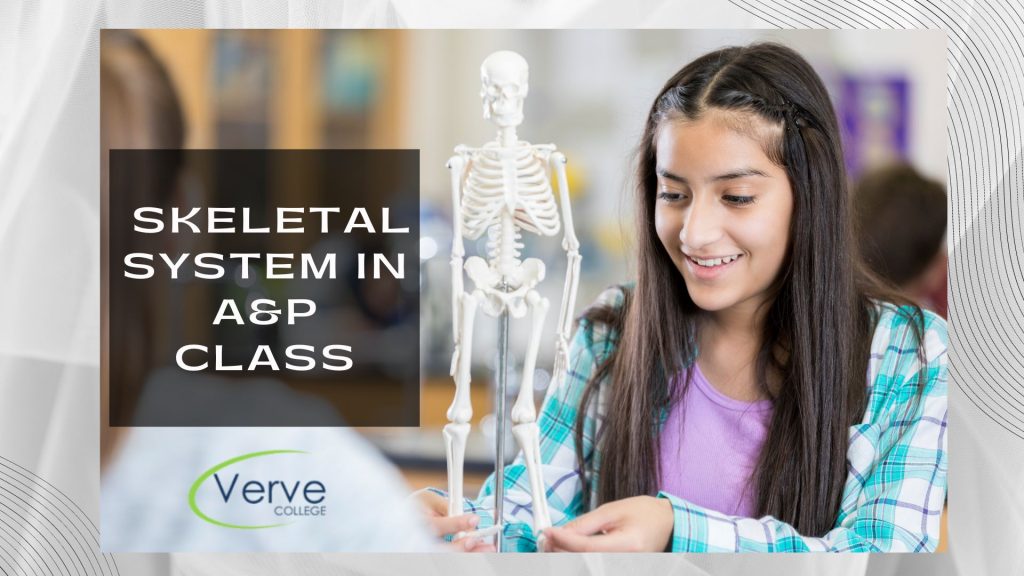- Oak Brook:(630) 705-9999
- Chicago:(312) 920-8822
- Email:inquiry@vervecollege.edu
- Make a Payment
- Home
- Programs
- Admission
- Resources
- ATI Entrance Exam Resources
- New E-Digital Library
- Refer a Friend
- School Newsletter
- Events
- Employers
- Job-Network
- Alpha Beta Kappa Candidates
- Verve College Library
- Graduation and Pinning Ceremony Photo Galleries
- Textbook Information
- Career Services
- Tutoring
- School Catalog
- FAQ
- Constitution Day Program
- Alumni
- Verve College Plans
- Financial Aid
- HEERF Reporting
- Satisfactory Academic Progress
- Apply For Financial Aid
- Net Price Calculator
- Return of Title IV Funds (R2T4)
- Financial Aid Office Code of Conduct
- Contact
- FAQs
- Verification Policy
- Vaccination Policy
- Student Right-to-Know Act
- Misrepresentation
- Information Security Program
- Academic Award Year
- Availability of Employee
- Cost of Attendance
- Health & Safety Exemption Requirement
- Students Rights and Responsibilities
- Leave of Absence
- Pell Formula
- Military Students
- Grants/ Scholarship Policy
- Contact Us
- Testimonials
- Blog
Is a Nursing Career Right For You?
Take The Free Quiz
Understanding the Skeletal System in A&P Class
Understanding the Skeletal System in A&P Class
Human bodily systems are kept stable and upright by the network of joints, cartilage, and bones that make up the skeleton. A&P class examines the human bone system and how it changes from childhood to adulthood.
Understanding the human skeletal anatomic structure will help you understand common causes of pain, such as spinal arthritis, degenerative disc disease, and spondylosis. Before we can look at common diseases of the musculoskeletal system, it is important to understand the human anatomy and physiology and the health of the skeletal system.
An Overview of The Body’s Systems
The body system or organ system is a collection of organs and tissue that works together to perform certain functions. Introduction to Anatomy and physiology classes and the components of anatomy teach eleven major organ systems that all work together to make an individual human:
- The Integumentary System: Hair, Skin, and Nails
- Nervous System: Brain, spinal column, and peripheral nerves
- Respiratory System: nasal passage, trachea, and lungs
- Circulatory System: Heart and blood vessels
- Digestive System: Stomach, liver and gallbladder, small intestine and large intestine
- Urinary system: Kidneys, urinary bladder, and excretory System
- Muscular System: Skeletal muscles, tendons, and ligaments
- Immune System: Thymus and lymph nodes. Spleen, lymphatic vessels, and lymphatic vessels
- Endocrine System: Pituitary, thyroid, adrenal glands, and ovaries.
- Skeletal system: Cartilage and bones
- Reproductive System
- Females: Ovaries, mammary glands, and uterus
- Males: epididymis, testes and testes
All of these systems are essential to the functioning of the body. Trauma, disease, or other external factors can cause havoc to the body when they compromise one or more of these systems.
Related:- Why Learning Anatomy and Physiology is Important for LPNs?
Understanding the Human Skeletal System
We start out with about 300 bones. By the time a child reaches 25 years old, some of those bones have grown together. The human bone system, as per its anatomical structure, can be divided into two categories:
- Axial skeleton
- Appendicular skeleton
The Human Axial Skeleton
The axial skeleton is made up of about 80 bones, including the spinal column, the skull, and the rib cage. The primary component of the skeleton is the axial skeleton. It protects the brain, spinal cord, heart, lungs, and other vital organs.
Human Appendicular Skeleton
The remaining 126 bones are found in the appendicular bone skeleton. This includes the arms and legs, shoulders, and pelvic area. The bones come in many different sizes and shapes, from long, sturdy ones to short, flat ones and even “irregular ones.” Bones are not just the outside. The bones are composed of different types of materials:
Bone Structure
Most of the bones are composed of compact bone ( 80 ), which is also the strongest type. The human Skeletal System not only provides shape, flexibility, and movement to the body but also contains many important minerals, including:
- Collagen
- Calcium
- Phosphorus
- Magnesium
Ligaments and joints hold the bones of the body together. Muscles allow the joints to move, and cartilage supports the bones in the joints, which prevents them from rubbing together.
More than Bones: Facts About the Human Skeletal System
The human muscular System is in harmony with the human bone system, which allows you to move easily and fluidly. The musculoskeletal is vital to the skeleton. It controls the various structures in the body.
A&P class in college shed light on some interesting facts about the skeletal system, anatomical terms, and its basic structure:
- The body is moved by the skeleton, nerves, and muscles.
- The skeleton is a protective shell for vital organs such as the heart, brain, and lungs.
- Five different types of bones exist: flat, sesamoid, and irregular, as well as short, long, and flat.
- Some types of bone can produce red blood cell
- Some joints move more than others.
- The smallest bone of the body is found in the ear.
- The leg is home to the longest bone of the entire body.
- Bones can withstand normal wear and tear.
- The only bone that doesn’t connect to another bone is the hyoid (in the throat).
- The 13th is a rib that occurs in 1 per cent of all people.
- One of the biggest joints in the body is the knee.
Want to Make a Career in Nursing? Get More Information About Our Courses!
Bottom Line
While looking for an Anatomy and physiology course near me, students should remember that it is important to pick the right institute for a bright career. The human spinal system is made up of many moving parts. We must examine these systems individually and collectively to fully understand pain conditions.
 Sign up
Sign up Login
Login




